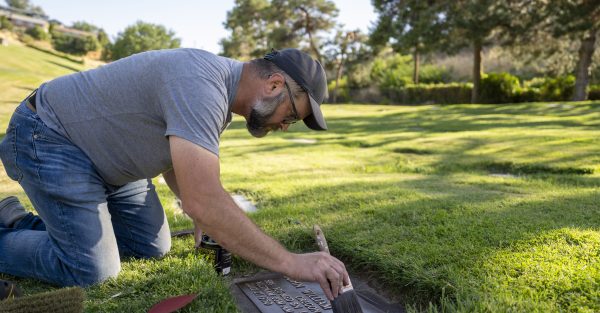On the Trail: Chukar forecast bright despite wildfires
Published 12:00 pm Sunday, October 13, 2024

- Lewis
By this time last year, I knew it was going to be her last season. The sinus cancer had advanced and we could tell she was in pain. Still, she had more good days than bad days, and I remembered our deal. I told her we would hunt 10 times a season. And this was her 10th season.
By all the normal measurements, last fall shaped up to be one of the better chukar seasons in recent memory, so I planned a number of trips with time for Liesl, my pudelpointer, to rest between hunts.
Trending
As I look back at my journal now, and count the number of chukars taken home, it would seem a dismal year. We got a few. Wild chukar hunts being what they are, it’s better to remember the points and forget the misses. We had a lot of points. And some memorable recoveries.
Liesl was always good at watching wounded birds go down and she had an uncanny ability to find them. On a hunt in Idaho, she watched a bird go to ground on a long cheatgrass slope and eventually worked out the trail and brought the bird back to hand.
The last bird was my biggest chukar of the year, and I missed a chance at a covey of Hungarian partridge moments later a hundred yards below it.
In the second week of December in the John Day canyon we flushed the same covey of chukar several times and finally worked out a plan to get close enough where my buddy and I got shots and missed. We ended that day in the Deschutes canyon where Liesl pointed a pigeon, and my friend Dusty dusted it. We proclaimed our hunt a success and adjourned to cheeseburgers. Liesl spent a lot of time looking down at the Deschutes, drinking in the view.
In January, on what, according to my records, was her 98th hunt, about 10 miles out of Mitchell, we bumped three coveys. Liesl was having a hard time scenting the birds, but at the end she flushed a single on a shale slope. I shot and missed it, and we watched it bomb down over the creek. Then I picked the cactus spines out of her paws.
Chukar and wildfire
Trending
For 30 years now I have been studying these things, and if what I’m hearing is half right, we are looking forward to the best chukar season in 20 years. We had mild winters and two good wet springs in a row. But a lot of that tall grass went up in smoke in July.
By early August, foresters were calling the summer of 2024 the worst fire season in recent memory and a million acres were on fire in Oregon.
By mid-August, the Badlands Complex, the Durkee and the Cow Valley fires combined for almost a half a million acres, much of it chukar habitat. Meanwhile, the Crazy Creek, Lone Rock and Battle Mountain fires were gobbling up forest grouse habitat.
I called the Oregon Department of Fish and Wildlife’s upland bird coordinator to get her perspective.
“It’s the irony of us actually having a couple of good precipitation years,” said Mikal Cline, who keeps track of bird populations with her eye on habitat and the long-range forecast.
“There’s a ton of forage out there,” he said. “And our wildlife are having a nice, positive response to all that cover and all that feed. But the moisture also created a huge fuel load, especially when it got so hot this summer. When we had a week over 100 degrees that just dried out all that forage, and it was ripe to burn.”
Did we lose birds to the fires, I wanted to know.
“There’s going to be some mortality,” Cline said. “Especially if it’s a real fast-moving fire. It may be hard for those birds to get out of the way. But in general, I think it’s not going to have a huge impact on our immediate populations.”
We can expect a rebound in cheatgrass, which is not great for wildlife. Except chukar. Chukar make their living on cheatgrass.
The challenge will be replanting sagebrush and other perennials in that burned-over ground from Bully Creek Reservoir north to Malheur Reservoir and over to Brogan, Durkee and Huntington.
On the positive side, from Malheur and Harney counties, field biologists began reporting numbers starting in mid-August.
“We’re seeing quail and chukar densities beyond what we’ve seen in 20 years,” Cline said. “It just goes to show what adding a little moisture to that country can do.”
Chukar season started Oct. 12 and continues through Jan. 31, 2025. If you have a good chukar dog, plan the hunts and take some pictures. We don’t know how many days we have with our best dogs, but we can make the most of the time we are given.









